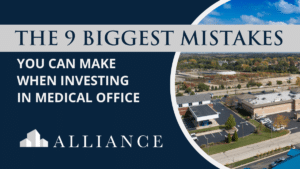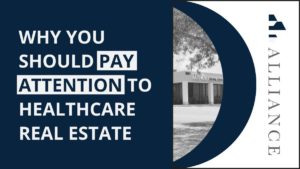How Healthy is Our Economy Really?
Are we heading towards a great depression or a great recovery? Your views are probably influenced by where you live and how you get your news.
Real, objective metrics on the health of the economy today do exist. But turning this data into a projection of where things are headed is complicated. To understand the story behind the numbers, we have to dig deeper.
The stock market, so often used as a measure of economic health, is flat since the start of the year. The pandemic is hurting earnings now, but the markets clearly expect that we’ll find some solutions sooner, rather than later. Still, while Wall Street is anticipating a recovery, the economic landscape has changed and there will be winners and losers.
The Dow Jones Industrial Average, which many people use to represent the overall stock market, is doing fine. The corporate giants of the Dow can ride out short term troubles and many will be bigger and more profitable than ever. Many of the biggest companies stand to come out of the pandemic as winners, with fewer competitors and greater market power.
Employment numbers give us a different perspective. We have tens of millions of newly unemployed workers, and if this lasts, it could be a big drag on demand, hurting everybody. At the same time, a surprisingly positive jobs report tells us that when different areas resume business, employment can rebound quickly.
Some industries or companies will permanently reduce their workforces and shrink. Others may become more profitable with fewer workers. Still others will resume “normal” operations and pick up where they left off. These competing stories aren’t right or wrong, they’re just part of a bigger and more complicated picture.
Jobs, employment, and future prospects look very different across different industries, regions, companies, and time scales. There is no single metric that tells the whole story. Even a varied set of metrics might only be informative for a single investment opportunity.
As an investor, I try to take a nuanced approach. Within the commercial real estate industry, there is a wide range of risk exposure. Tenant defaults, debt forgiveness, and falling rents are current risks. But these are not universal.
Alliance’s portfolio is doing well, and we’re actively pursuing a number of great deals. While nobody knows what will happen next, or exactly how healthy the US economy is, we know that parts of the economy will ride this storm out.
Fortunately, Alliance’s market segment is looking strong. Our strategy of focusing on growing regions, highly credit-worthy tenants, and locking in well-crafted long term leases means we’re in a strong position.
One of our biggest markets is medical facilities. The physician networks, dialysis centers, and other medical services we provide space for will survive and continue paying their rent. While lockdowns have had some negative effects on our tenants, people will always need medical care, and our tenants can take a short term hit and come back strong.
Rather than get distracted by conflicting stories about the future, I prefer to focus on the specific. What kind of growth can we expect in a particular region? Which industries stand to win or lose in the new environment? What do the property markets look like in these regions and industries?
The numbers can help, but only when we frame the questions in a way that reduces all the noise. There are always opportunities, and we find them by thinking in terms of specifics, not with big national narratives.



